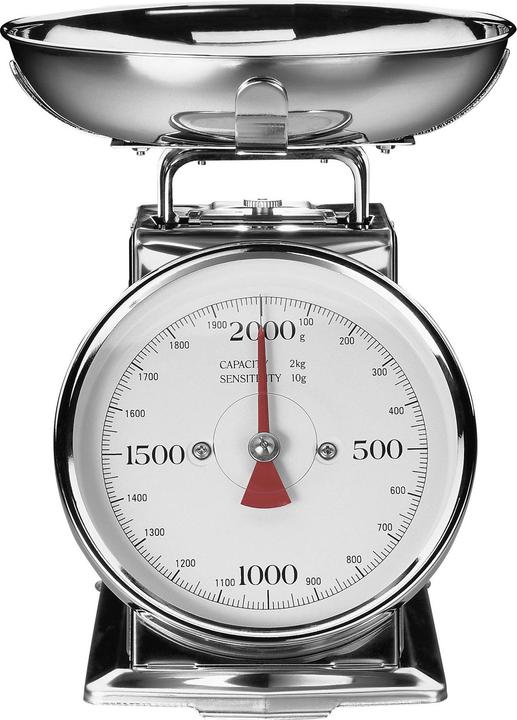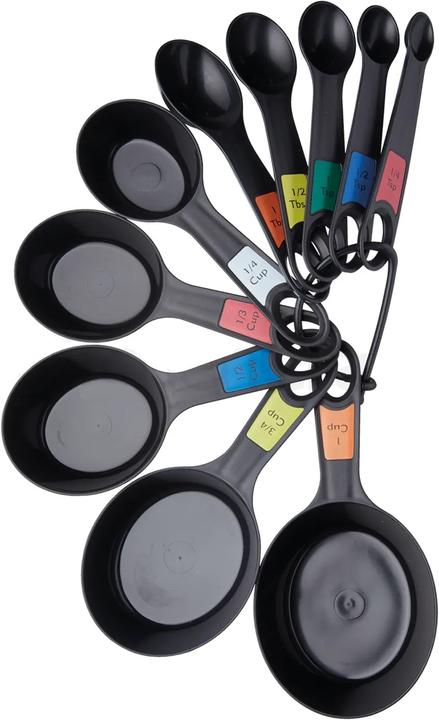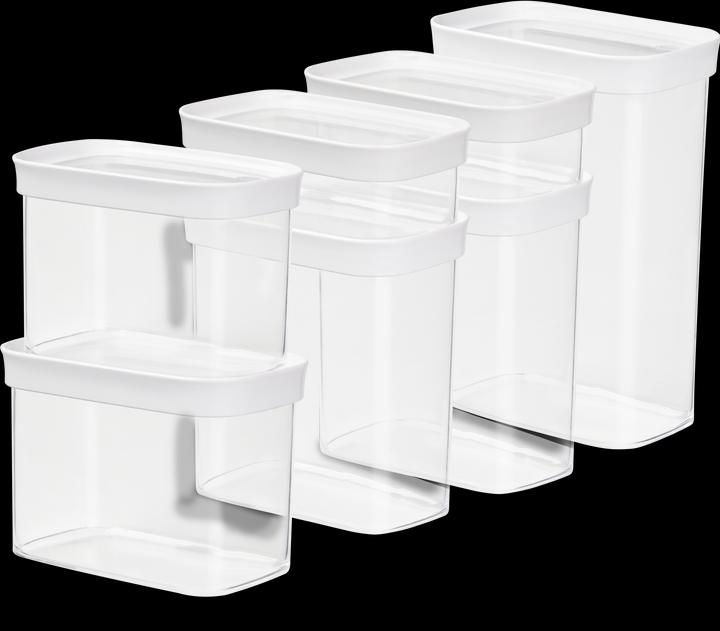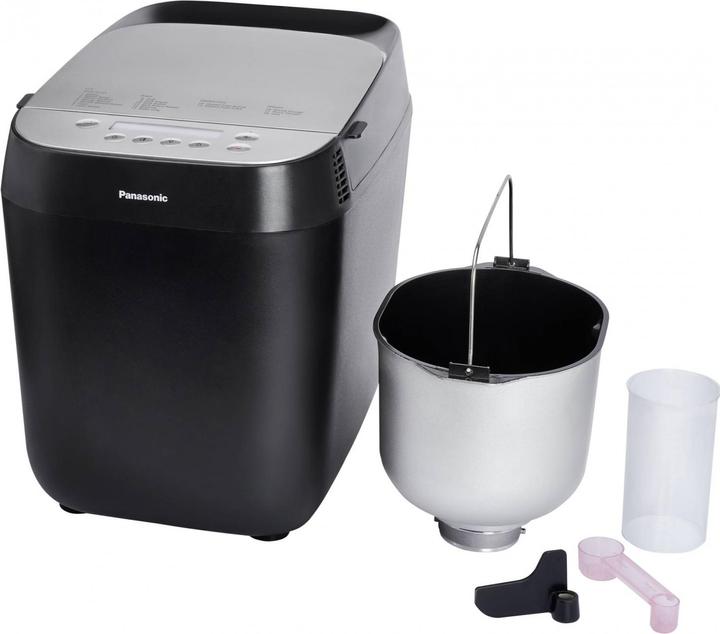

Baking bread the lazy way: why I love my breadmaker so much
Buying bread is expensive and impractical. Then again, kneading and baking your own is far too laborious. With this in mind, I was left with just one option: to get a breadmaker. It’s now become the backbone of my household.
I’m really not big on baking or cooking. Every few days, however, you’ll still catch the scent of freshly baked bread wafting through my house. You see, baking bread requires physical effort and time, both of which are pretty alien concepts to me. So, about two years back, I treated myself to a breadmaker. I’ve been baking my own bread ever since. Or having it baked for me, at least. I’m too lazy to actually knead dough myself.
Pre-breadmaker life: rising bread prices and nasty mould
A little over two years ago, when I was doing my weekly shop, I was standing at the bakery counter, feeling annoyed. I felt like bread was getting increasingly expensive and, at the same time, getting smaller and smaller. While the shrinking size is just my subjective impression, bread prices really have risen in recent years, especially since the war in Ukraine (article in German).
With just two of us at home, bread was also causing «logistical complications». As we live in the countryside, we only go grocery shopping once a week. If you leave bread lying around for that length of time, however, it quickly gets stale and starts to go mouldy. The only other option is to freeze fresh bread, taking it back out the freezer when needed. Doing that, however, takes up a lot of space in the freezer. And because I’d often forget to defrost the bread in time, I occasionally found myself spreading jam onto a bunch of ice crystals.
Either way, my daily bread was giving me zero satisfaction. I was in dire need of a breadmaker. The thinking behind it? To bake fresh bread whenever I wanted, so I wouldn’t have to rely on the weekly shop. Not only that, but homemade bread would be much cheaper. I opted to go for this Tefal model:

Day-to-day bread-making
I really did have to go down the breadmaker route. Kneading and shaping the dough, leaving it to rest for a certain amount of time, then putting it in the oven and taking it out again on time? Surely a computer techie like me couldn’t be expected to do that? With the breadmaker, however, you can get a fresh loaf in just two steps. And you can easily integrate them into your daily routine.
- Step 1: Pour all the ingredients into the bread pan and turn on the breadmaker.
- Step 2: Remove the finished loaf and clean the pan and kneading paddle.
Before my work day starts, I just need a few minutes to throw the ingredients together and turn on the machine. The kneading paddle at the bottom of the coated bread pan then starts rotating, mixing the ingredients together. After the machine works its mysterious magic for about 20 minutes, there’s an evenly kneaded ball of dough in the pan. Once the dough’s had time to rest, the baking process starts automatically. Two hours and 45 minutes after starting stage one, the bread is ready.

Source: Debora Pape

Source: Debora Pape
You then need to leave the bread to cool for another 30-60 minutes, preferably outside the pan so that it stays crispy. Slicing freshly baked bread too soon also wreaks havoc on the inside of the loaf. After all this, the bread is perfect in time for my lunch break when I’m working from home. With the timer function, I can also set the bread to be ready for when I get home from a day at the office.
I’ve set up a little corner in the kitchen so that I can get the ingredients together more quickly. That way, everything I need for my classic, farmer-style loaf is close to hand. I’ve also bought myself some measuring spoons so that I can easily count out the ingredients, as well as a retro-style set of scales. I’m too lazy to pay any attention to a battery indicator on a digital set. I guess the old-fashioned way of doing things really is better sometimes.
To give you an idea of what a typical loaf of bread consists of, here’s my ingredients list for a 750-gramme one:
- 270 ml water
- 2 tbsp sunflower oil
- 1.5 tsp salt
- 2 tsp sugar
- 235 g flour (type 505)
- 110 g wholemeal flour (type 1,050)
- 110 g rye flour (type 130)
- 0.5 tsp dry yeast
- Seeds e.g. sunflower or pumpkin seeds if you wish

Source: Debora Pape
Does having a breadmaker save you money?
Of course, investing in a breadmaker will certainly set you back a few bucks. Once you add up the cost of the individual ingredients, however, homemade bread is much cheaper than the kind you get at the bakery. The actual cost of your bread, of course, will depend on the prices of your ingredients and the electricity required. My machine consumes between 0.3 and 0.5 kWh of electricity per bake. In total, a 750-gramme loaf of home-baked bread costs me less than 1 euro.
When I bought my breadmaker two years ago, it cost 145 euros or 135 francs. Supposing baking bread saves me 2 euros in comparison to buying it, that means I recouped the cost of the machine after about 70 loaves. And remember, we’re talking about freshly baked bread here!

Source: Debora Pape
Plenty of benefits, very few complaints
Besides the money I’ve saved, I think it’s great that I’m producing less waste. Some bakeries often package their bread in a plastic bag, which I used to have to throw away.
As well as your bog-standard loaves, the breadmaker can also whip up special creations such as tomato, ham or olive bread. Supposedly, it can even make yoghurt. Not that I’ve tried doing that – as we’ve covered already, I’m a horribly lazy person.
If I really had to nitpick, I’d do so reluctantly. One niggle could be that the ingredients and utensils take up kitchen space. They’re always out on the worktop. Still, that’s a «me» problem: it’d really bug me if I kept having to take them out and put them away again. Once I’m done baking, I can quickly pop the machine back in the cupboard. Otherwise, it’d take up a serious amount of space.
I’m also inclined to grumble when cleaning the bread pan and kneading paddle. However, if I’ve left the paddle to soak, it’s easy to get the bread residue off. All in all, each bake probably takes me about 10 minutes of effort. The machine does the rest.
When all’s said and done, I only have one regret. Namely, that the breadmaker and I didn’t find each other sooner. In our range, you’ll find a number of breadmakers just waiting to help you get fresh, inexpensive bread.
Do you buy your bread or do you bake it yourself? Let me know in the comments.
Header image: Debora PapeFeels just as comfortable in front of a gaming PC as she does in a hammock in the garden. Likes the Roman Empire, container ships and science fiction books. Focuses mostly on unearthing news stories about IT and smart products.








